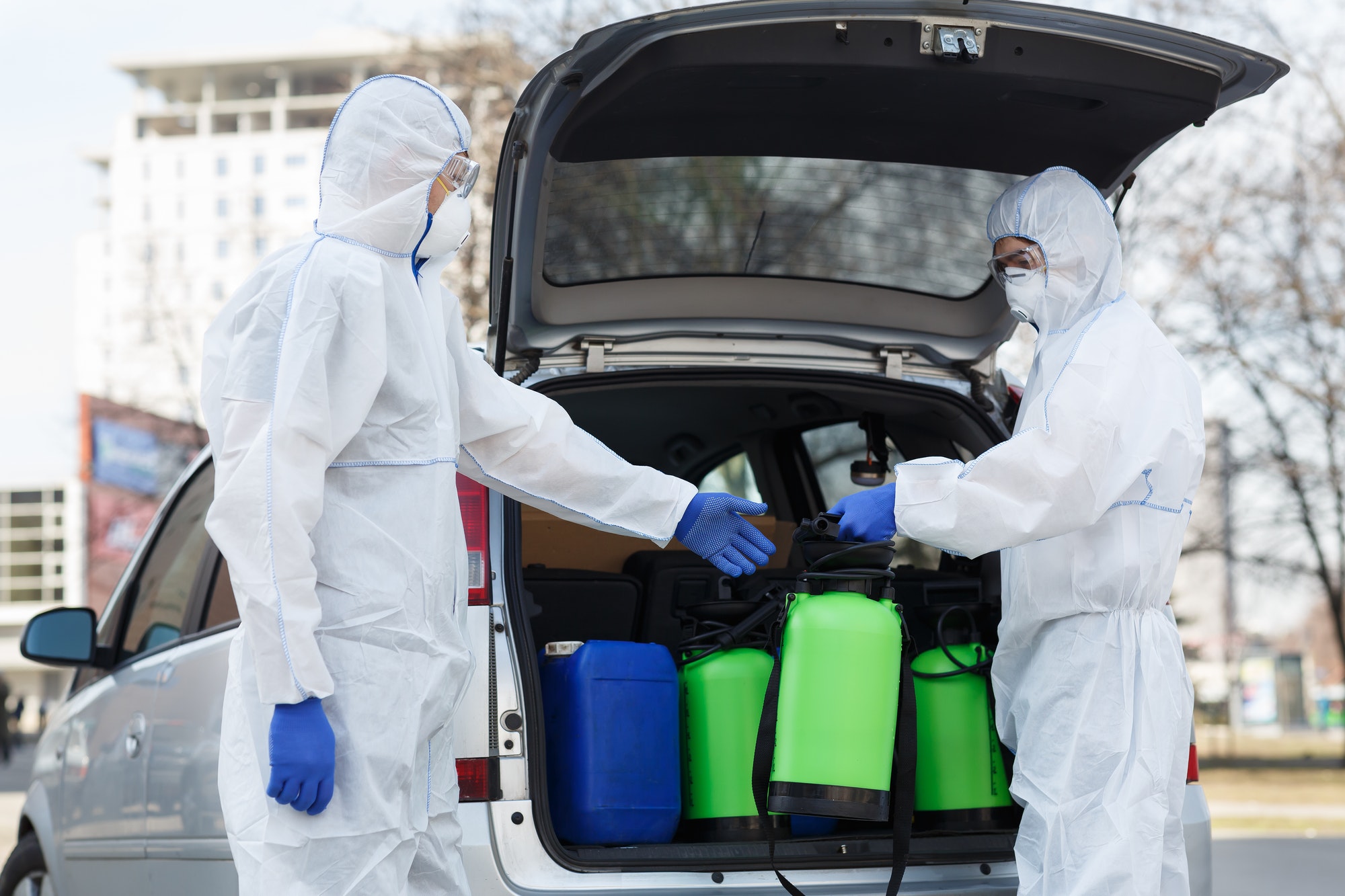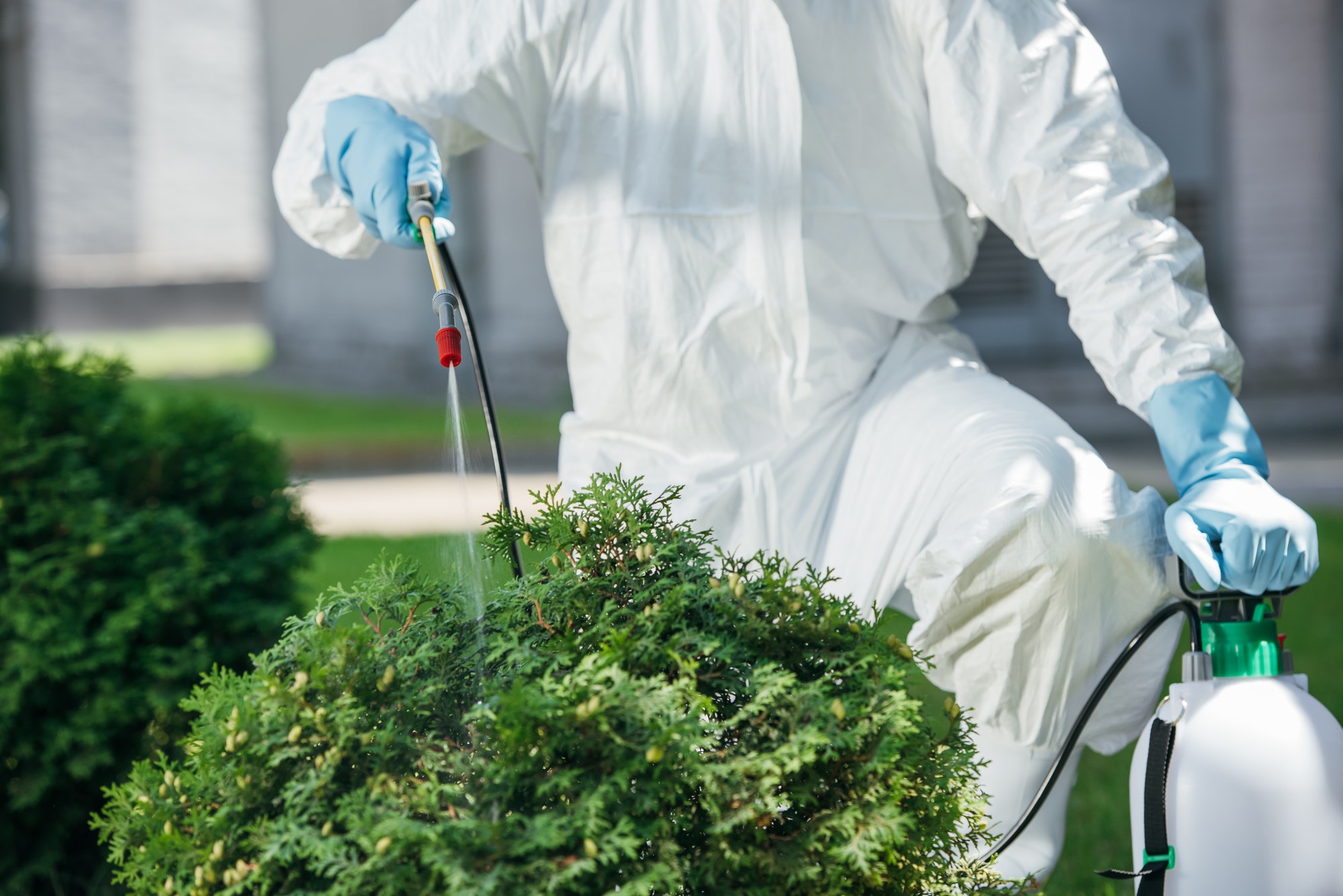Why Pest Control Is Necessary?
Pesticide: the Most Important Weapon Against Insect-Borne and Rodent-Borne Diseases
When I think of Earth, I think of the rainforest birds I saw in a nature documentary that spend hours cleaning an area to perform a mating dance that takes less than a minute. I think of the desert mice that run across the road as I am driving through Arizona, tails stuck in the air like antennas, likely heading to find scorpions to eat as I read in a nature magazine.
Though it is not often considered, nature is so much more than just plants and the animals we can see. There are vast, unexplored depths of the ocean, bugs too small to feel or see that seek shelter in our body hair and feed from our dead skin cells, and microbes that are more abundant than the number of stars in the sky, with an estimated 1012 total number of species of microbes and 1% able to make humans sick (Lennon).
The recent COVID-19 pandemic has made much of the human population more aware of the importance of protecting themselves from sources of disease. Common sources include frequently touched surfaces, food that was not prepared following food safety standards, bodies of water like lakes and rivers, and other people.

What many do not consider is that they can also be infected by insects and wild animals. Those who are aware of this danger will often uses bug spray when they do outdoor activities, exercise caution when they go to places like pet stores and zoos and wash their hands after handling their pets.
But what about the bugs and rodents that can feed on the blood and food of unassuming people in the comfort of their own homes? There are various species, depending on the biome, that will make a habitat of temperature-controlled houses that have well-stocked kitchens and plenty of both ways to get in and places to hide.
Common household pests that may seem like no more than a gross inconvenience can carry diseases that pose a critical risk to human health. Those with domesticated animals have likely found a flea on their pet before. Fleas can live in pet hair, carpet fibers, bedding, and more. According to the CDC, fleas can carry tapeworms, flea-borne typhus, cat scratch disease, and the plague. Humans can expect to find flea bites on their body if infested pets reside in the house.
Another bug that people frequently encounter, unless those people live in Antarctica or Iceland, are mosquitoes. Mosquitoes can carry the Zika virus, West Nile virus, and Malaria. These diseases can be transmitted to humans when mosquitoes feed on their blood. All these diseases can be potentially fatal.
Insects can find their way into homes by open windows, open doors, air conditioning systems, walls, cracks, uncaulked floors and walls, and more. Bugs can be particularly attracted to food or bright lights such as bright porch lights that happen to be next to frequently opened front and back doors. In the summer, the presence of pest infestations spikes significantly as the heat drives insects to find cooler places.

One kind of insect can not only carry disease but can cause costly damage to infrastructure. Termites are insects that tend to burrow in and feed from wood and other plant fibers. According to Orkin Pest Control, homeowners in America “spend an estimated $5 billion annually to control termites and repair termite damage”. Termites are considered an invasive species and, if not caught in time, can destroy a house or other building.
The variety of diseases insects carry does not compare to how many rodents can spread to humans. Hantavirus pulmonary syndrome, tularemia, plague, salmonellosis, typhus, Lyme disease, and Powassan virus are roughly 27% of the diseases listed by the CDC as known diseases transmitted by rodents, either directly or indirectly. Rats and mice are the most common rodent pests, which are attracted by food and comfortable temperatures. Additionally, rats and mice may carry fleas and parasites into the household.
Pest control is crucial in every household. It goes beyond pests just being a general nuisance; there is no type of pest that cannot transmit diseases that are deadly to humans. Alongside this, some pests can severely and permanently damage building structures. Modern-day pesticides are low in toxicity, effective in killing and repelling insects and rodents alike and crucial for the prevention of life-threatening diseases
Author: Carly Ziegenhagen
Arizona State University
Works Cited
- “Diseases Indirectly Transmitted by Rodents.” Centers for Disease Control and Prevention, Centers for Disease Control and Prevention, 1 Mar. 2019, www.cdc.gov/rodents/diseases/indirect.html.
- Jay T Lennon & Kenneth J Locey. “There Are More Microbial Species on Earth than Stars in the Galaxy – Jay T Lennon & Kenneth J Locey: Aeon Ideas.” Aeon, Aeon, 18 June 2021, aeon.co/ideas/there-are-more-microbial-species-on-earth-than-stars-in-the-sky.
- “Termite Damage Statistics & Costs.” Orkin.com, 9 Nov. 2018, www.orkin.com/termites/facts/statistics.








